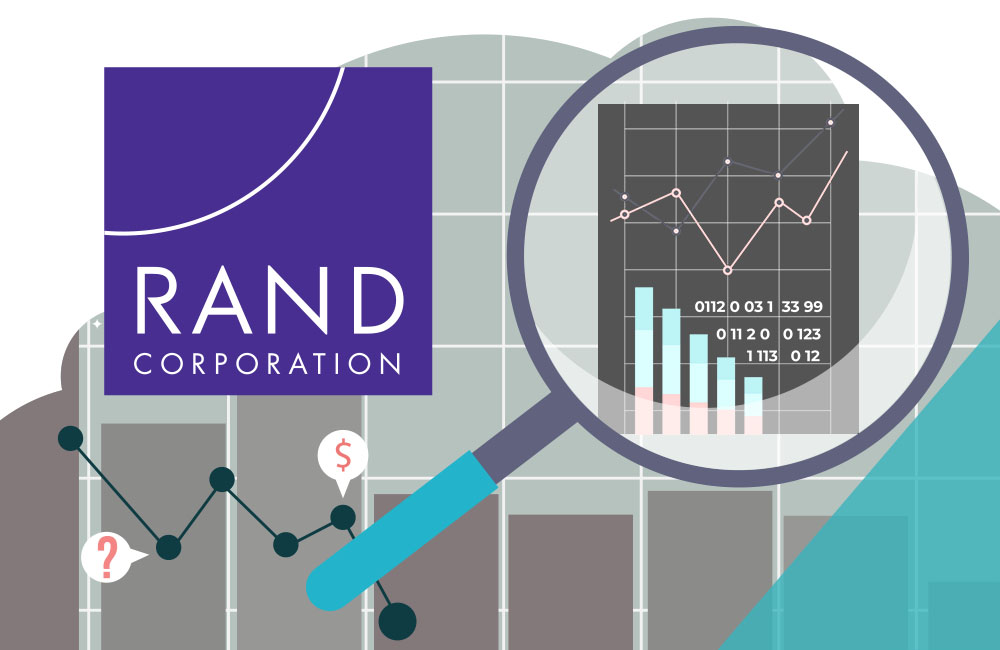
Healthcare Price Transparency: The Key to High-Value Healthcare
“You get what you pay for” has long been an adage, but in healthcare, this concept has been elusive for decades due to a lack of healthcare price transparency. Historically, healthcare prices have been kept as trade secrets, and federal regulations under the Sherman Act prohibited access to prices. However, a shift began when the Centers for Medicare and Medicaid Services (CMS) required health plans to disclose negotiated rates; a major step toward healthcare price transparency.
Healthcare price transparency has the potential to revolutionize the healthcare industry. Transparency provides an opportunity for employers to get the most value for their healthcare spending. In this blog, we’ll delve into healthcare price transparency and how you can use it to maximize value.
The Beginning of Healthcare Price Transparency
The journey towards healthcare price transparency began in June 2019 with an executive order directing the Secretary of Health and Human Services to enforce transparency. This was done to protect patients and enhance competition, innovation, and value in the healthcare system. CMS responded with the Transparency in Coverage initiative, requiring all negotiated prices for healthcare services to be made public. This initiative marked a significant change, allowing the public to access negotiated rates from providers for the first time.
The Disparity in Healthcare Pricing
Commercial health insurers pay higher prices for hospital and physician services compared to public health insurance programs. KFF found that from 2010-2017, private insurers paid nearly double the Medicare rates for hospital services, ranging from 141% to 259% of Medicare rates.
A common misconception is that higher priced services are better quality than lower cost services. The truth is there is no consistent correlation between the cost of a healthcare service and the quality of the service provided. In fact, some providers offer higher quality services at lower prices. The Alliance contracts with these preferred-value providers to improve access to care for employees and reduce healthcare costs for their self-funded employers. Learn more about our customizable Smarter NetworksSM.
Improve Value with Price Transparency Data
As healthcare costs continue to increase, employers are facing the largest annual increase in healthcare costs in a decade. With two-thirds of employers being self-funded, meaning they take on the financial responsibility for their plan members’ healthcare expenses, it is crucial for employers to manage healthcare costs for the health of their employees and their businesses.
Healthcare price transparency offers an opportunity for employers to be smarter healthcare purchasers. When employers have price information, they can analyze the disparities in price between providers for the same services. This knowledge gives The Alliance transparency data and our collective bargaining power to negotiate contracts based on Medicare prices. Learn more about Referenced-Based Contracting by The Alliance.
Price Transparency Enables Steering
Healthcare price transparency enables employers to manage their healthcare spend by encouraging their employees and covered family members to use providers who offer good care at lower costs – a benefit design strategy called steering.
Steering encourages plan participants to utilize specific healthcare providers, locations, and systems over others. The goal is to guide consumers towards preferred-value providers. Ultimately leading to cost savings for both employees and their self-funded employers.
Essentially, steering involves motivating employees to seek care from providers offering quality services at more affordable prices. Steering incentivizes employees to use providers that save themselves, their families, and their employers money without limiting choice.
One example of steering is tiered networks. With tiered networks, employers can designate certain providers as preferable over others through the benefit plan design. Tiers can range from best value to greatest choice and can include various care settings, including hospitals, health systems, standalone facilities, virtual platforms, and in-home settings. Generally, Tier 0 or Tier 1 options come with no or lower costs to plan participants, which encourages their utilization.
Incentives can also be used to motivate plan participants to choose specific providers. This typically involves providing monetary rewards to plan members for selecting preferred-value providers. Incentive programs are often implemented externally to the benefit plan and can take more thoughtful effort to implement.
Employers looking to manage their healthcare spend effectively through a tiered network can take advantage of The Alliance’s Premier Networks. These customizable network options empower employers to maximize their plan savings. Steering guides employees toward preferred-value providers while still offering a broad range of choice.
The Future of Healthcare
Healthcare price transparency is transforming the landscape for employers, giving them an unprecedented opportunity to maximize value for their healthcare expenditures. With employers pushing for fairer healthcare prices and Congress exploring stronger transparency requirements, a more competitive and value-driven healthcare system could be on the horizon.
The Alliance: Health Policy Advocacy
The Alliance advocates for healthcare policy that benefits employers and their employees and families, including healthcare price transparency. We work with legislators, providing the insights they need to make informed decisions about healthcare topics that matter to businesses. You can learn more about our health policy work here.
The Alliance also partners with various health policy organizations, including Advancing Free Market Healthcare (AFMH), to amplify the collective voice of employers on health policy matters that impact healthcare consumers.
To learn how to use healthcare price transparency to manage your health plan costs, reach out to us.








